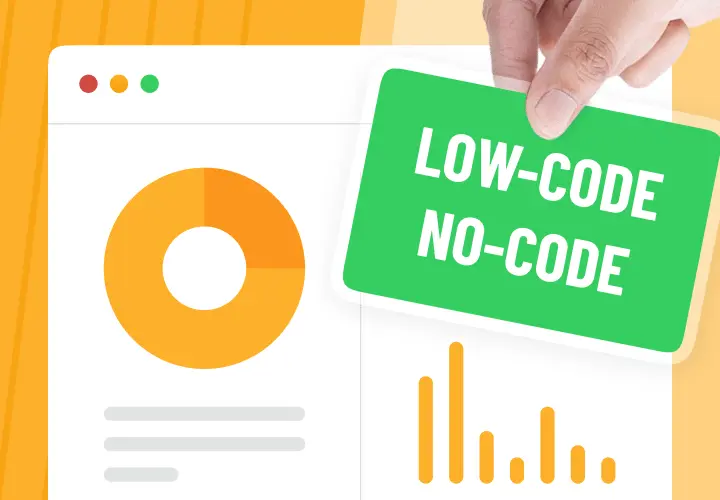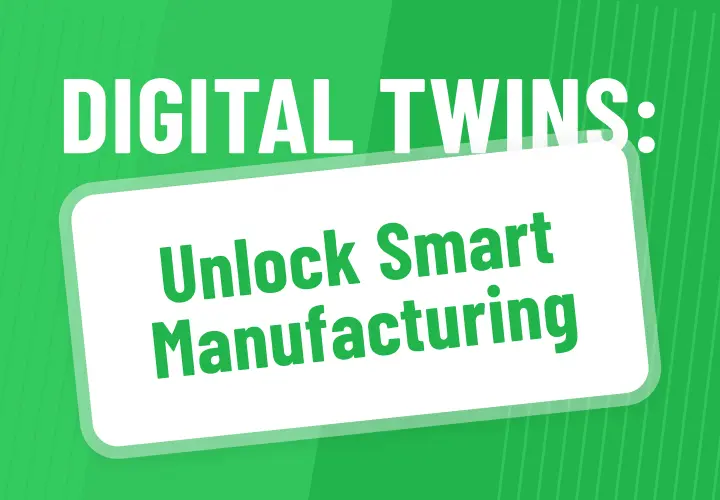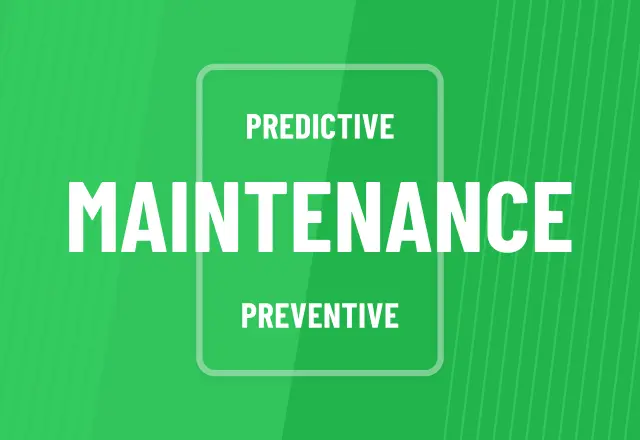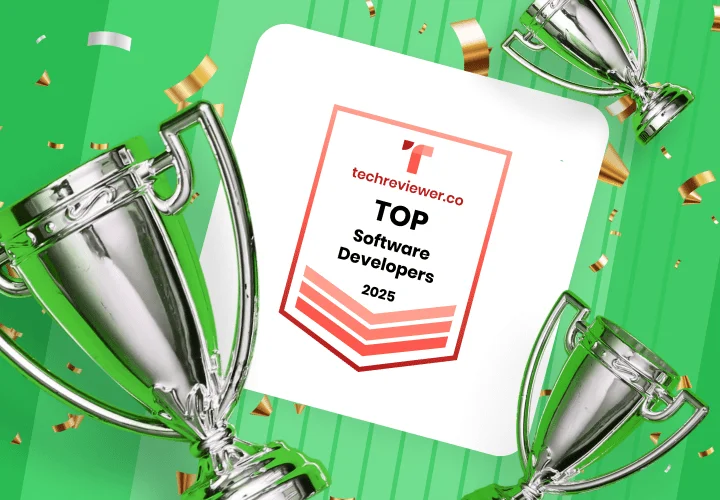Current EdTech Trends: Contributing to Better Learning and Greater Business Success
Table of contents
The advance of technology and the resulting emergence of EdTech rapidly change a traditional classroom model that has been in use for about 150 years. Technologies that are currently used in the educational sector are not just contributing to more efficient learning achieved through the transformation of the outdated models, but also offer a great promise to businesses operating in the field.
According to EdTechGlobal, the EdTech market is expected to grow at 17% a year. It is worthy of saying that the 2020 year with the global pandemic situation and isolation measures has already contributed to even faster growth. Today, the beneficial impact of technologies on education is more evident than ever before. 2020 is showing us that the change in the learning landscape is already here and if previously some denied the necessity of using digital tech for educational purposes, now is the best time to give it a go.
In this article, we are going to highlight the top 5 currently existing EdTech trends, so that you can get a clever picture of what’s on offer, what’s in demand, and what to expect in the nearest future. Starting from information accessibility and workforce readiness, and continuing with mobile technologies, extended reality, and data analytics, we will guide you through the world of modern digital education, showing how it makes a difference. Ready? Then let’s go!
Accessibility

While accessibility policies and procedures are implemented worldwide, EdTech goes hand in hand with them, ensuring that learning materials are accessible to all segments of the population. So whether it is captioning, audio descriptions or design standards, modern e-learning platforms, and other educational applications are now developed with respect to accessibility standards, once again proving their effectiveness and user-centric nature.
Below are some of the accessibility standards and practices applied to the modern EdTech software. Take a look at them to learn how you can improve your existing educational app or what features to consider for your future platform’s development.
Accessible Audios
The main accessibility guideline for audio files is represented by text transcript or the provided text-based material.
Accessible Videos
In addition to an accessible format supported by standard media players, the key elements of accessible videos include:
- Captions;
- Transcript;
- Appropriate use of text, color, and animation.
Accessible Design
There’s a developed and well-formulated standard of accessible design — ADA. While all the information on how to create designs can be learned there, here are some general accessibility rules for designers to follow:
- Color should not be used as the only visual means of delivering information;
- The text and its background must be properly contrasted;
- Important elements of the design must be created in the way to be easily found by all users;
- Adherence to traditional identifying attributes is preferable.
For sure, there’s a bunch of other guidelines, including those related to functionality and content. To learn more about accessible applications, follow the link to accessibility principles formulated by the Web Accessibility Initiative (WAI).
Workforce Readiness

Addressing one of the most commonly occurring problems — a gap between education and application of professional skills in practice — one of the current EdTech trends is focused on the development of platforms for workforce readiness. There’s a wide range of developed programs: from online graduate degrees that can take up to several years to short-term courses for gaining specific skills. So businesses operating within the education industry can keep this in mind when planning their expansion or development of tech solutions.
Also, when complemented with such innovative techs as augmented and virtual realities, AI and chatbots, analytics, etc. — workforce readiness apps significantly enhance the learning experience and become one of the most promising solutions for companies offering such kind of educational services.
Mobile Technologies
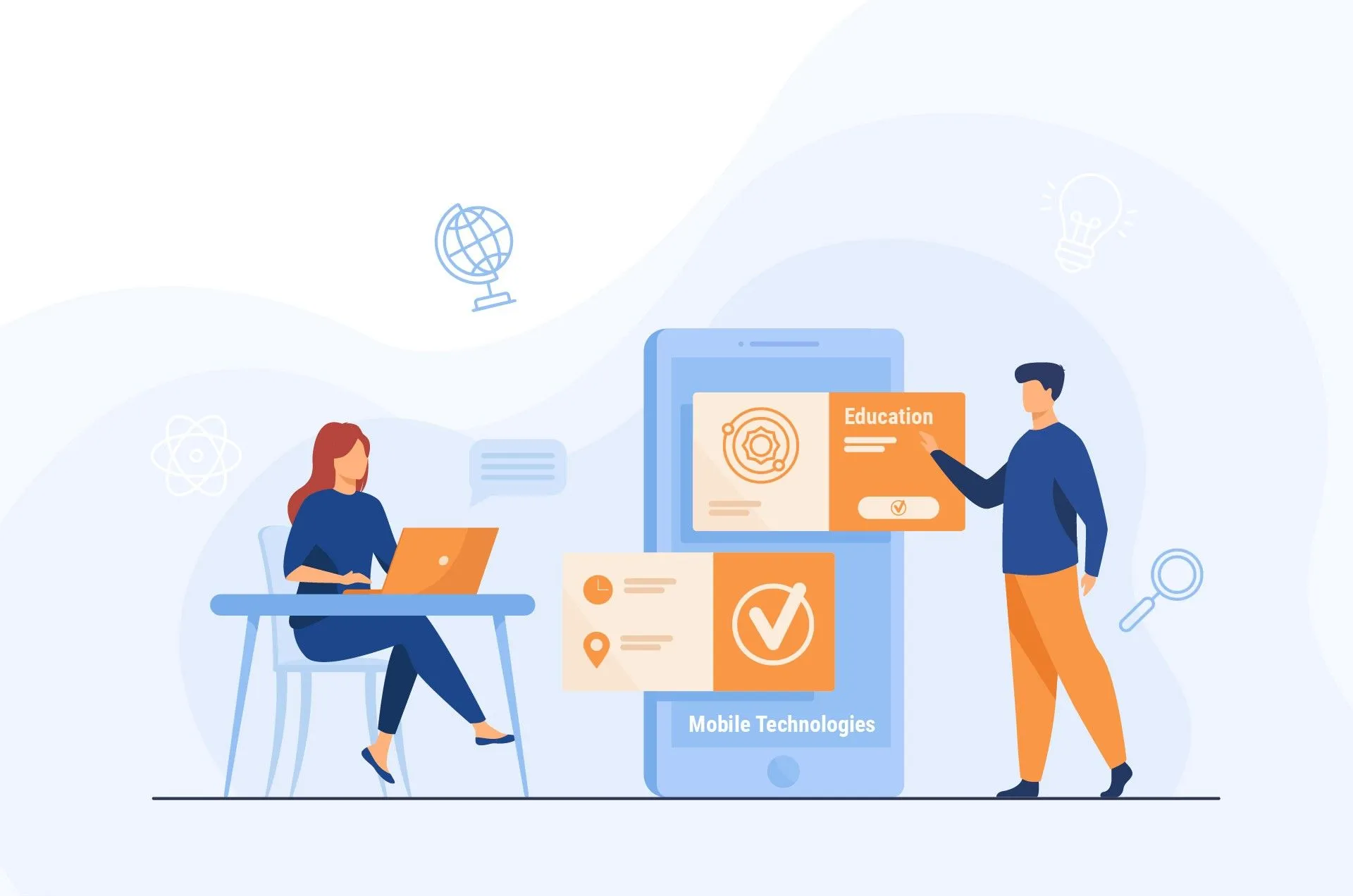
While it may seem that there’s nothing new about educational mobile apps, creative approaches and initiatives add value to the constantly growing market. One of the best examples of that is the app created for the University of Stanford. Offering Tinder-like functionality, the application allows making the process of clearing more enjoyable, satisfying, and effective. It even won the award for best Mobile App at the Europe-wide Digital Communication Awards.
Despite thousands and thousands of existing educational mobile apps in the App Store and Google Play, there’s still room for further improvement and development. So whether it is a reminder app that will notify its user of deadlines, upcoming exams, or any other important event, or it is a kind of a match-app that determines the best universities, colleges, courses, work opportunities, etc. — you have all chances to succeed.
Extended Reality (XR)

When it comes to EdTech, extended reality variations — augmented, virtual, and mixed realities — are known to be one of the most demanded and profitable trends to pay attention to when developing an educational app. The truth is that quite soon, probably in the coming decade, students will wonder how we managed to learn without them.
There are numerous reasons for the AR/VR growing trend, and here are just some of them:
- One of the most prominent is represented by the fact that three-dimensional educational programs are far more effective and entertaining than two-dimensional ones.
- XR is all about giving students more confidence in knowledge gained because it enables close-to-reality pieces of training for mastering certain skills.
- XR in EdTech provides the ability for students with special needs to get access to content that they could never reach within a traditional educational model.
For these and some other reasons, educational institutions all around the globe take advantage of AR/VR to enhance their educational offerings. And although for today extended reality is not something surprisingly new, the technology has a lot of space for further growth and development, especially when it comes to the educational sector.
Data Analytics
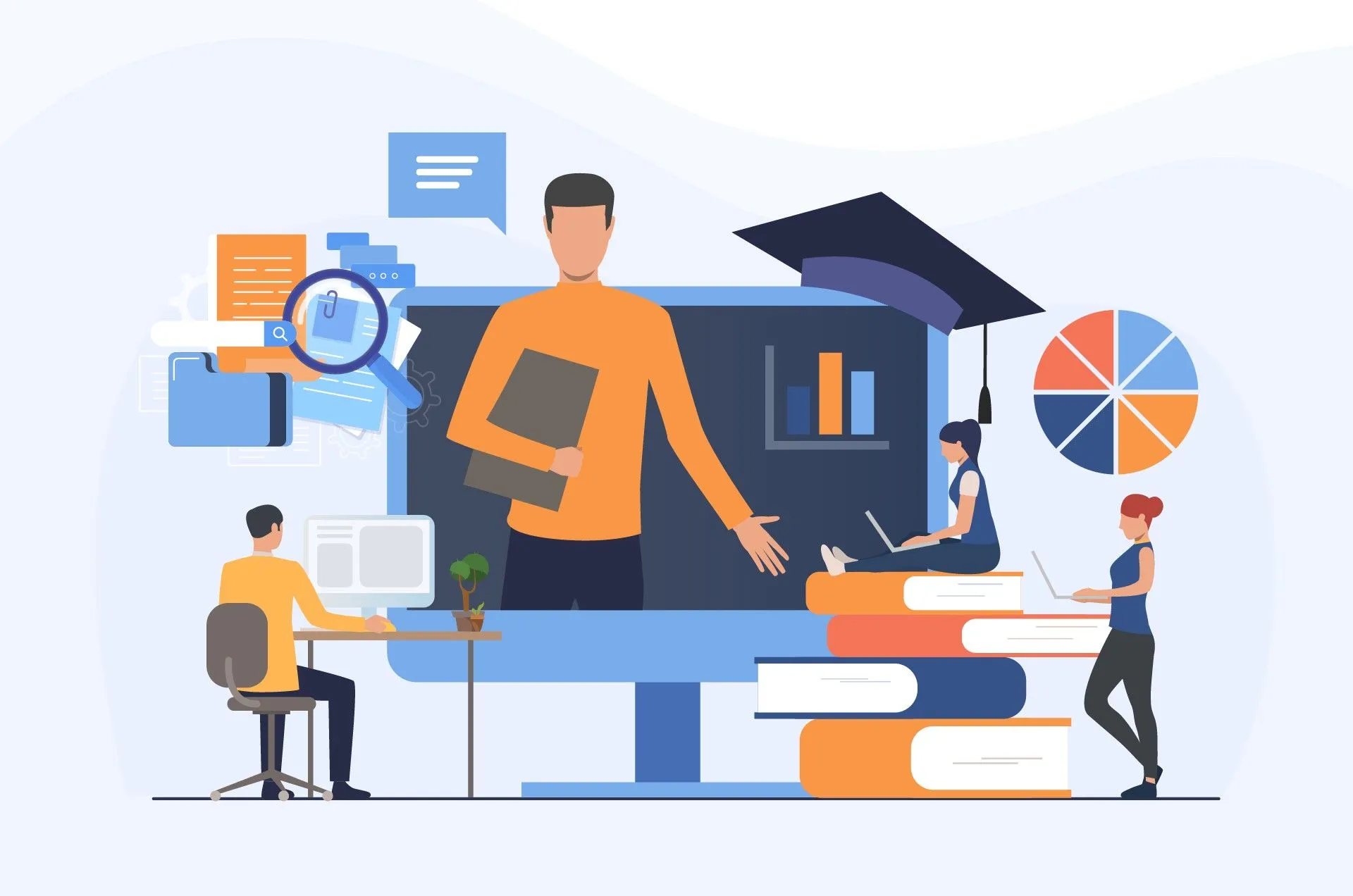
The same way as consumers get frustrated when they receive content that has nothing to do with their interests, students have no time to learn materials that do not relate to their learning paths. But with such tools like Google Analytics, Ubersuggest, BrandMentions, and a variety of other applications utilizing data analytics algorithms, it became possible to receive practical data for the creation of personalized offerings.
The key benefits data analytics tools offer to the education sector are:
- Ability to learn important information about students for personalization of their learning experiences that makes the process of studying more valuable and satisfying.
- Creation of personalized learning paths on the basis of a student’s goals and chosen directions.
- Potential for increased mastery among students achieved with adjusted to each individual learner programs.
- Prevention of dropouts among students.
Businesses operating within the educational sector can take advantage of data analytics tools embedded in their e-learning platforms, mobile applications, or use third-party software. Regardless of a chosen way of processing data, analytics opens up space for improved engagement and retention rates.
The Bottom Line
When looking over the tech trends in the education industry, it becomes obvious that the field is undergoing a massive digital transformation. Businesses working with the educational sector, as well as schools, colleges, and other educational institutes, have to keep these trends in mind and adapt to the changing environment. This would open up space for more efficient, meaningful, and personalized learning and offer more chances to succeed in the competitive market.
If you are planning to get into the niche, there’s no better time for it than it is now. Considering the current global situation and the growing demand for distant-learning applications, there are all chances to succeed, especially if coming up with a well-designed, innovative, data-driven solution.
At Emerline, you can always get a free consultation on the tech solution you want to enhance or develop from scratch. We have extensive expertise in web and mobile development, follow the latest UI/UX design guidelines, successfully develop and implement data analytics tools, and have our very own innovation department capable of delivering solutions such as augmented reality, artificial intelligence, IoT, blockchain, etc. So whether you need some plain educational mobile app or want to develop a complex e-learning portal, we are here to help you with that, in the shortest time possible, and within a predefined budget.
Published on Sep 25, 2020

